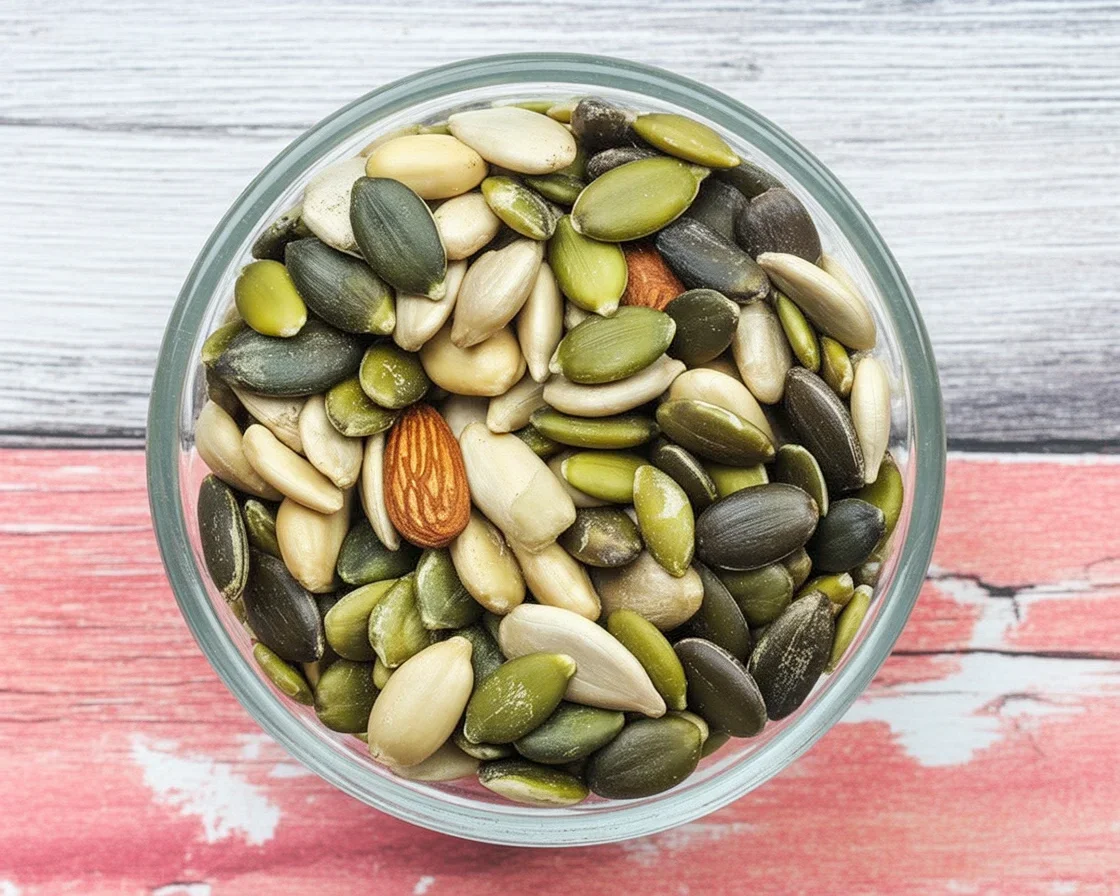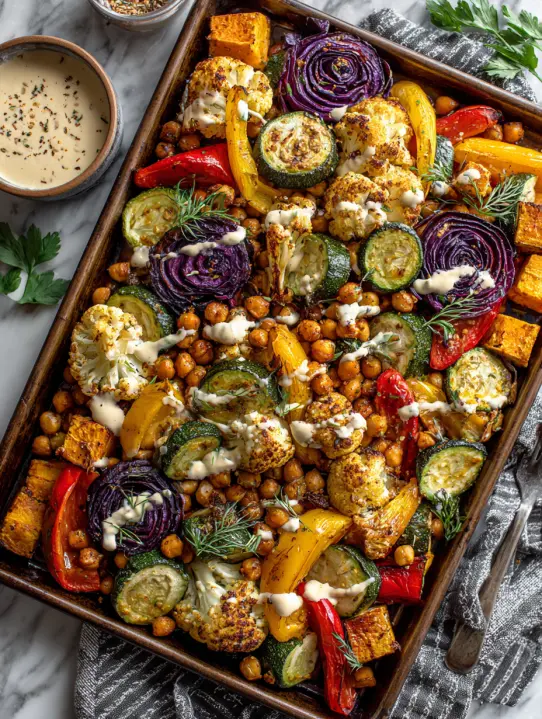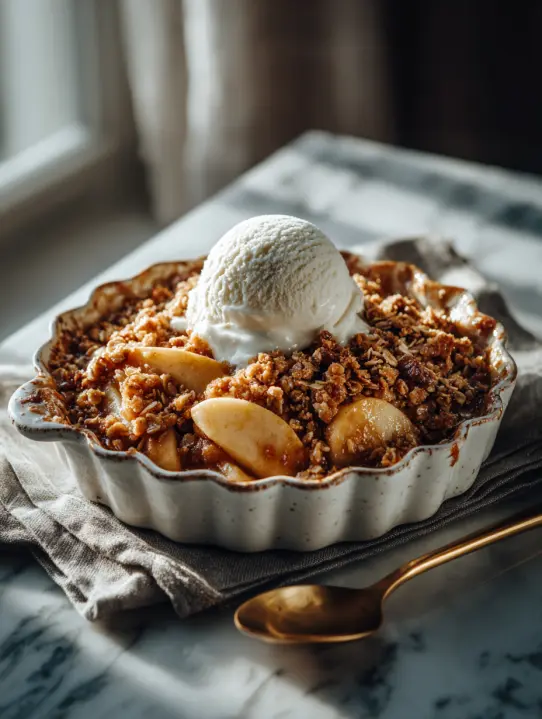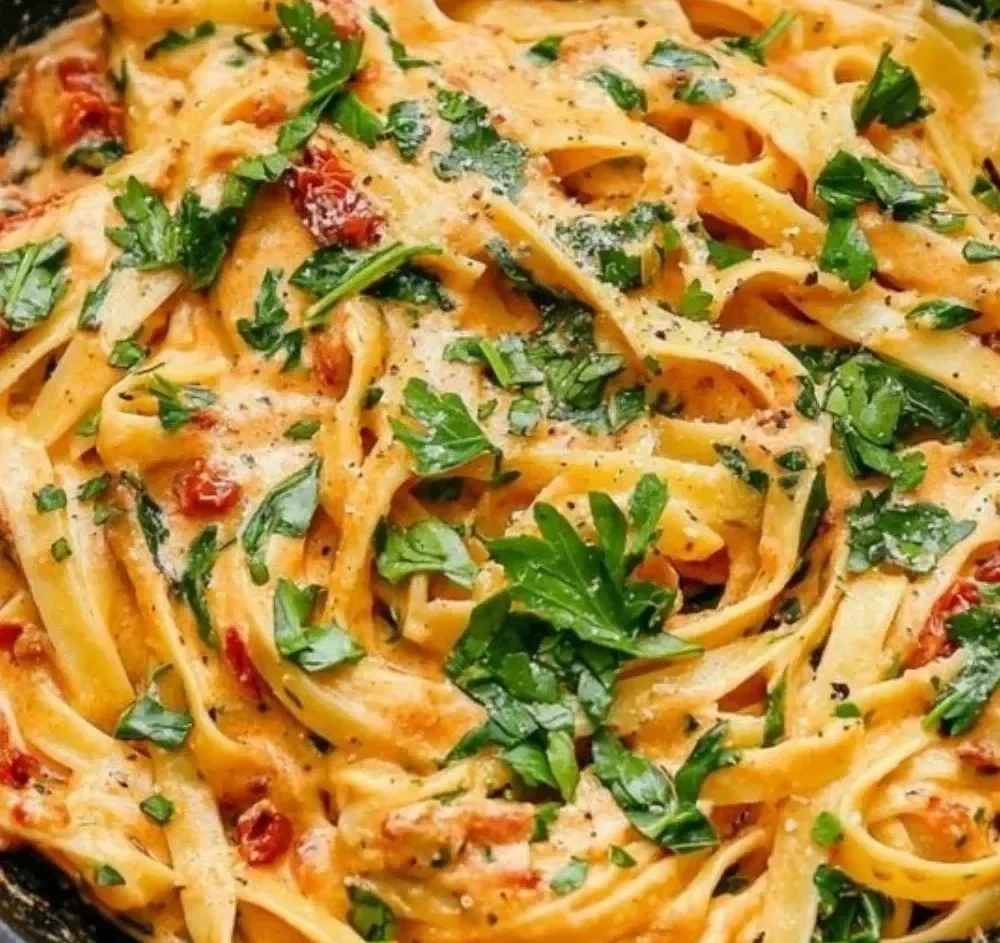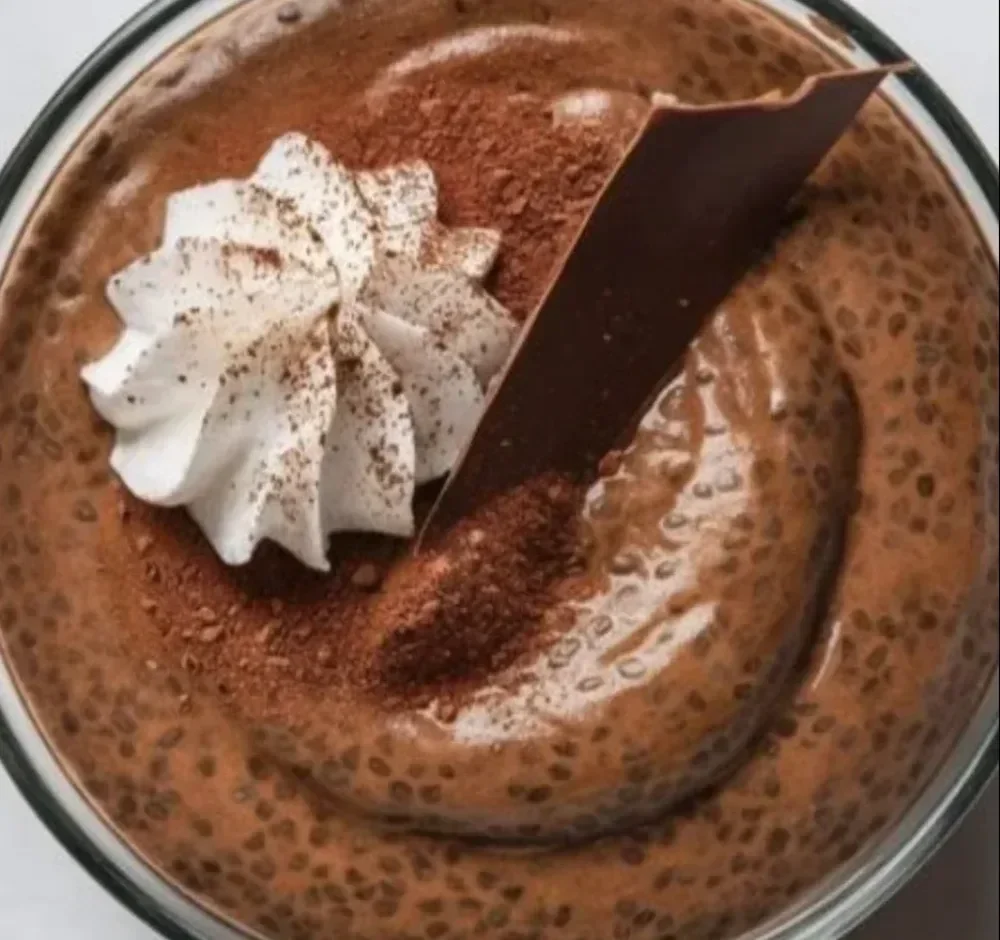Table of Contents
Gluten free pizza dough oh man, where do I even start? If you’re anything like me, you’ve probably spent a small fortune (and a lot of time) on rock-hard store-bought crusts or recipes that just don’t hit the mark. I’ve had those epic pizza fails where the dough crumbled more than the toppings. Honestly, I almost gave up until I finally stumbled onto a method that finally works every single time. If you’re into homemade comfort food (and maybe want to try some gluten free pasta recipes or those fabulous gluten free caramel apple cookies bliss too), you’re in the right spot. Let’s get you on track for craving-level gluten free pizza nights that don’t feel second-best.
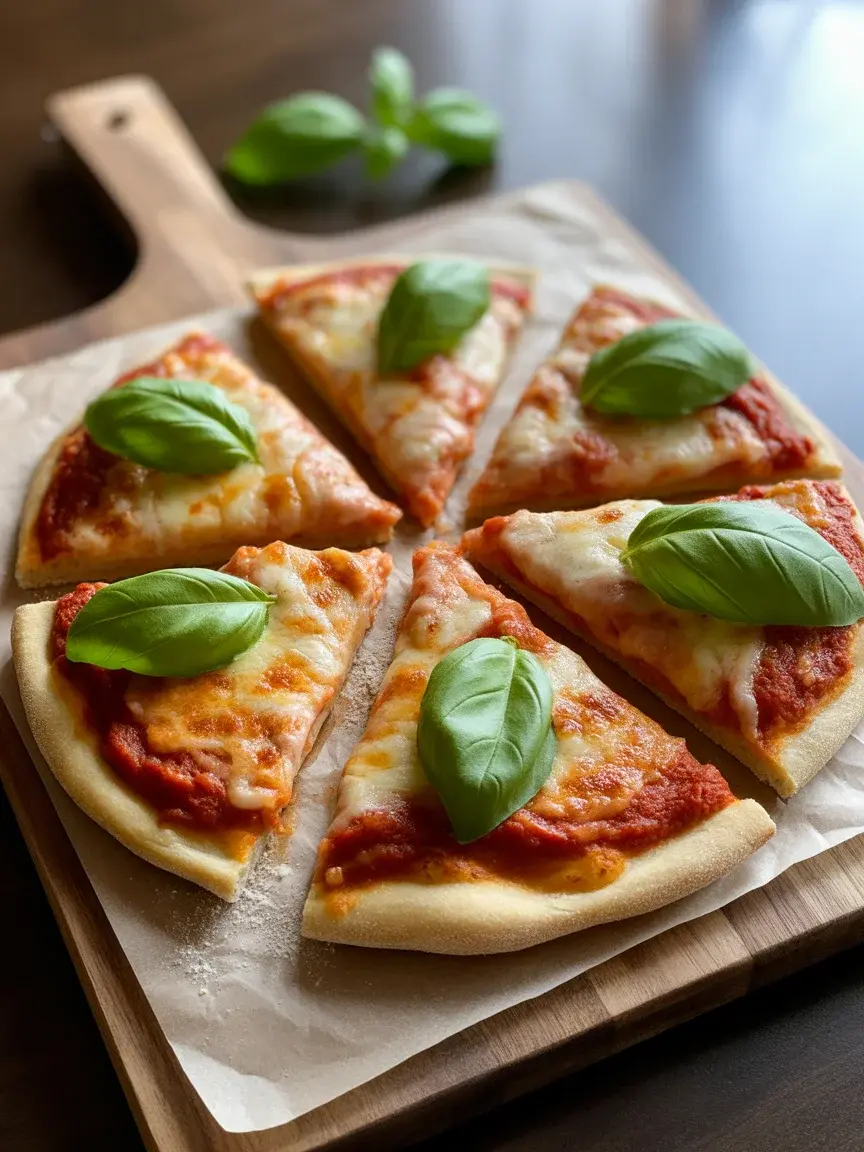
Nicole’s Recipe Notes
I’ll confess, I’m picky about my pizza. There’s nothing like pulling a piping hot slice with that perfect chewy bite straight out of the oven. So here’s the scoop: gluten free pizza dough won’t ever taste exactly like its gluten-packed cousin, but with the right tricks? It’s honestly close. My kids don’t even complain miracle, right?
The big game-changer for me was mixing just enough water and giving the dough a few extra minutes to rest. It’s magic. If it comes out a little sticky, don’t freak out. Sticky’s good. That’s how you get that golden crisp on the outside and actual bread-like texture on the inside.
If you’re ever lost, just remember trust your gut. If your dough feels off, throw a little extra flour or oil in. I’ve ruined maybe two dozen recipes before finding my groove, so don’t stress.
I tried Nicole’s gluten free pizza dough for our Friday movie night, and nobody could tell it was gluten free. My teenagers asked for seconds! Total keeper.
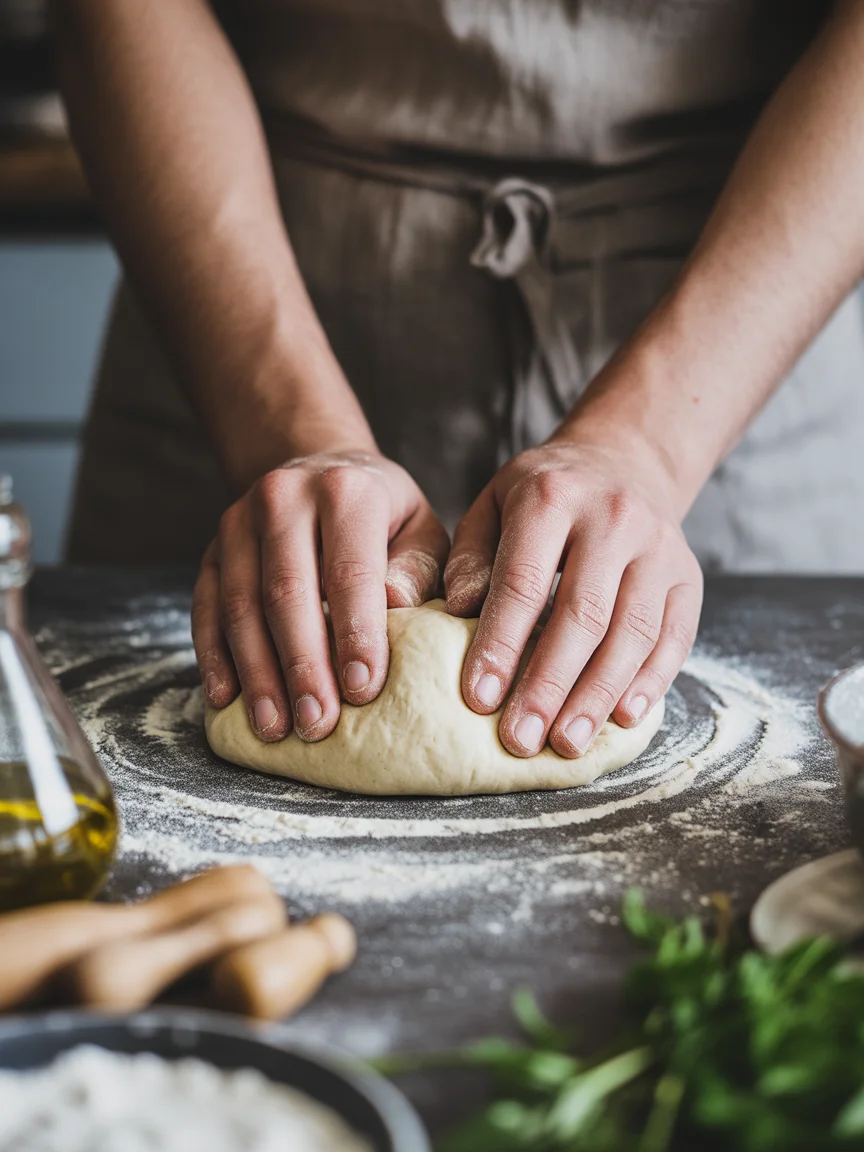
Expert Tips
Alright, you want to nail gluten free pizza dough every time? Here’s a few tricks that might surprise you. One—don’t skip the olive oil, even if you feel tempted (it makes the dough flexible and adds flavor). Two, always pre-bake your crust for about 8 minutes before you pile on toppings. This small step keeps the base from getting soggy nothing worse than having a droopy slice!
I also swear by parchment paper when shaping the dough. Rolling it out is messy, so just press it directly on your baking tray. Forget perfection rustic is the new five-star restaurant chic in my house.
And if you have the patience, let that dough rise for at least 30 minutes. It’s not life-or-death, but you’ll taste the difference. The edges puff up and get a nice crunch. No more cardboard crust!
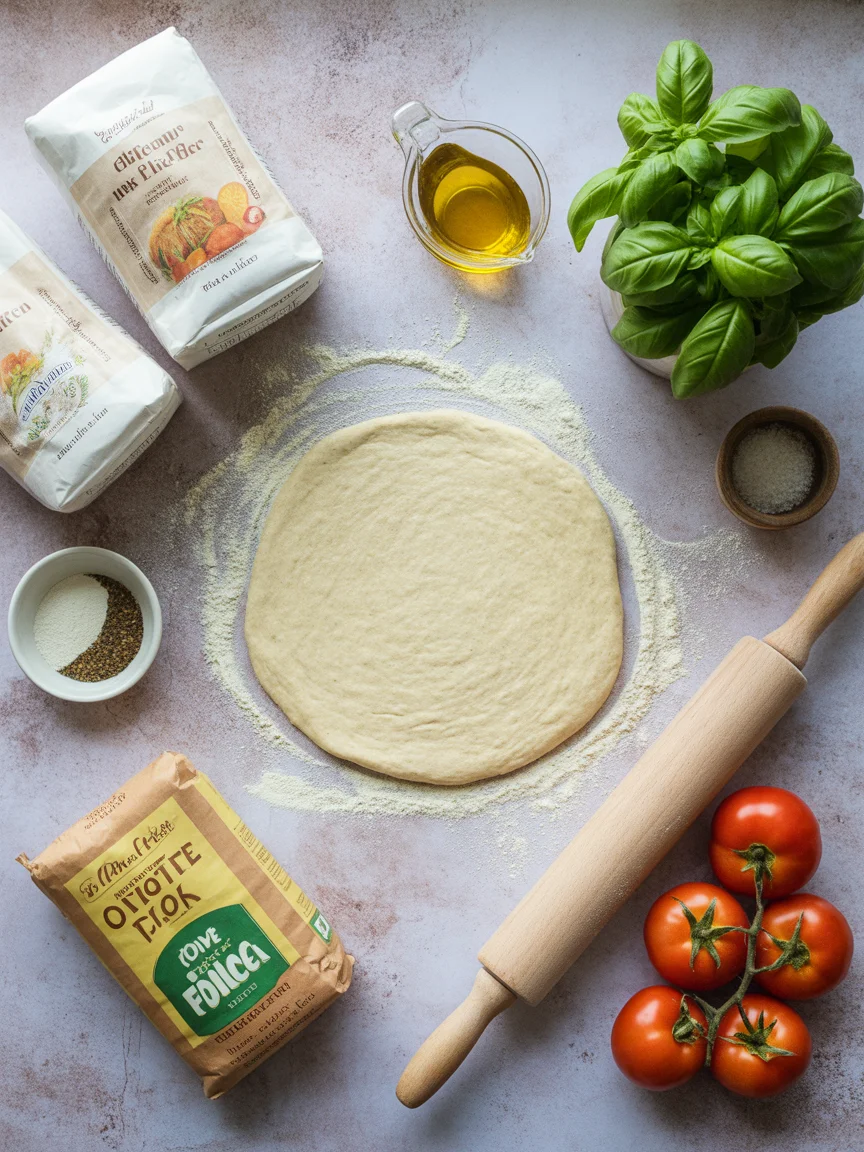
Ingredient Substitutions
Working with gluten free pizza dough means you might need to improvise. The most important thing is the flour blend. If you run out of one type, don’t panic just yet. Use a mix of rice flour, potato starch, and a bit of tapioca flour for a base (I’ve done it in a pinch).
If you’re dairy-free, swap regular yogurt for coconut yogurt (sounds weird, but trust me, it works). Still need eggs? A flax egg will usually hold it together, no sweat. For flavor, I add a tiny splash of cider vinegar; it brings that “real dough” tang without needing fancy ingredients.
For sweetener, honey or even a splash of maple syrup work just as well. Try things out no one’s judging in your own kitchen, promise.
The Best Gluten Free Flour for Making Pizza
Now, the magic really comes down to which flour you grab off the shelf. This isn’t the time to pinch pennies, honestly. I love using one of those all-in-one gluten free flour blends you find in most grocery stores. Make sure it has xanthan gum in it (or toss in a teaspoon if you’ve got a single blend that needs a boost). Xanthan gum is like the secret sauce it acts like gluten and keeps your dough together.
Certain brands are better. I like Bob’s Red Mill 1-to-1 Baking Flour or King Arthur’s gluten free measure for measure. They just work and you don’t have to think too hard about it. Don’t use straight almond or coconut flour the result’s just crumbly and honestly, nothing like pizza.
The most important thing overall? Don’t over-mix. Gentle hand, folks. That way, your pizza actually puffs as it bakes. Try different combos if you’re curious, but don’t skip xanthan gum or the dough’s just not worth it.
| Flour Type | Best For | Notes |
|---|---|---|
| Bob’s Red Mill 1-to-1 Gluten Free Baking Flour | General baking, including pizzas | Easy to use, includes xanthan gum |
| King Arthur Gluten Free Measure for Measure Flour | Pizzas and other baked goods | Reliable and widely available |
| Cup4Cup Gluten Free Flour | Cookies and pastries | Can require adjustments for pizza |
| Almond Flour | Low-carb options | Best mixed with another flour for pizza |
Key Tip
Little hint for next-level gluten free pizza dough? Make your dough a little wetter than you think you should. It’ll feel weird at first. Gluten free flours soak up moisture like a sponge; overwork it, and you get dry, sad crust.
Here’s my quick fix add two tablespoons more warm water if the dough feels tough. Don’t forget to oil your hands before spreading it out. (Sticky dough, sticky fingers trust me on this.)
Also, if toppings are heavy throw the pizza back in the oven on the bottom rack for three extra minutes. Bang! Instant crispy bottom.
Serving Suggestions
- Top with fresh basil and a swipe of tomato sauce for a Margherita vibe.
- Make mini pizzas for snacks (kids love them).
- Use leftovers to make cheesy breadsticks.
- Serve alongside a salad for Friday night dinner (it totally counts as a veggie).
If you’re curious about how gluten free eating can fit into your everyday meals, it’s worth noting that experts highlight the benefits of choosing naturally gluten free ingredients for better digestion and energy levels (Healthline). On our site, you can explore more comforting options like our Gluten-Free Pasta Recipes for quick dinners, or treat yourself with the chewy Gluten-Free Caramel Apple Cookies featured in our desserts section. Both recipes prove that “gluten free” doesn’t mean giving up on flavor—it simply means getting creative with the right flour blends and techniques.
FAQs
Q: Why is my gluten free pizza dough sticky?
A: That’s normal! It should be a bit sticky. If it’s too wet, just dust your hands with a little extra flour.
Q: Can I freeze this dough?
A: Absolutely. Just wrap it tight in plastic and pop it in the freezer. Thaw overnight and you’re set.
Q: Do I have to let it rise?
A: Technically, no but your crust will be softer and puffier if you do. Even 15-20 minutes makes a difference.
Q: What’s a good dairy-free topping?
A: Try roasted veggies or even a quick dairy free caramel apple cookies recipe-inspired topping for sweet pizza nights.
Q: Will this work in a pizza oven?
A: Yep, just make sure to preheat your pizza stone and keep an eye on the crispness gluten free dough bakes quick in hot ovens.
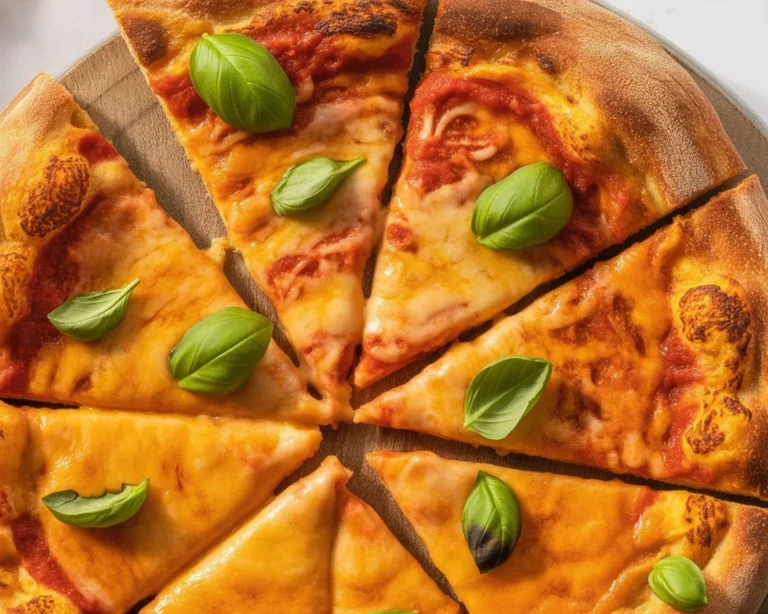
Gluten Free Pizza Dough
A foolproof gluten free pizza dough recipe that results in a chewy, crispy crust perfect for pizza nights at home.
- Total Time: 35 minutes
- Yield: 4 servings 1x
Ingredients
- 2 cups gluten free all-purpose flour
- 1 teaspoon xanthan gum
- 1 teaspoon salt
- 1 tablespoon olive oil
- 3/4 cup warm water
- 1 tablespoon yogurt (or coconut yogurt for dairy-free)
- 1 tablespoon honey or maple syrup
- Optional: splash of cider vinegar
Instructions
- In a large bowl, combine the gluten free flour, xanthan gum, and salt.
- Add olive oil, warm water, yogurt, and sweetener; mix until a dough forms.
- Let the dough rest for at least 30 minutes.
- Preheat your oven to 475°F (245°C).
- On parchment paper, press the dough into your desired pizza shape.
- Pre-bake the crust for 8 minutes to avoid sogginess.
- Add toppings of your choice and bake for an additional 10-15 minutes until golden brown.
Notes
For best results, keep the dough a bit sticky; this helps achieve a golden crispy crust. Allowing the dough to rise enhances its texture.
- Prep Time: 15 minutes
- Cook Time: 20 minutes
- Category: Main Course
- Method: Baking
- Cuisine: Italian
- Diet: Gluten Free
Nutrition
- Serving Size: 1 serving
- Calories: 280
- Sugar: 6g
- Sodium: 350mg
- Fat: 9g
- Saturated Fat: 1g
- Unsaturated Fat: 8g
- Trans Fat: 0g
- Carbohydrates: 41g
- Fiber: 3g
- Protein: 5g
- Cholesterol: 0mg


